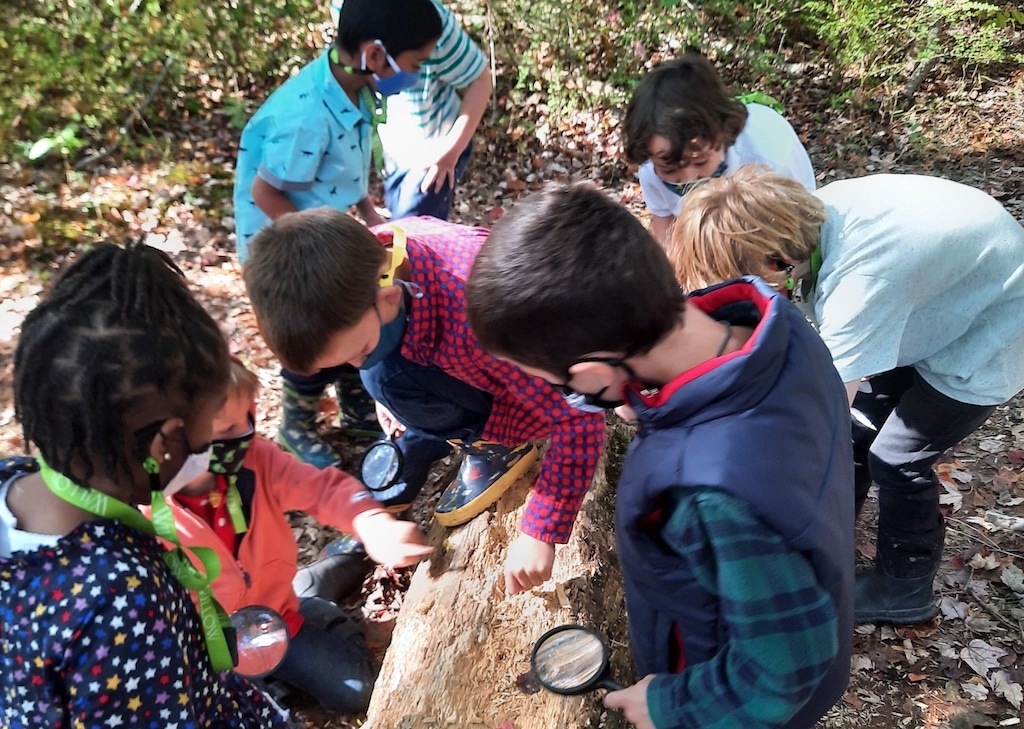Children want to grow. They are curious and driven to learn about the world around them. Your child’s first experiences at school can be a time when she first discovers how to channel that drive into a thirst for knowledge and a love of learning…or it can be a place that suppresses her natural curiosity. How can your child’s school teach him in a way that helps him fall in love with learning?
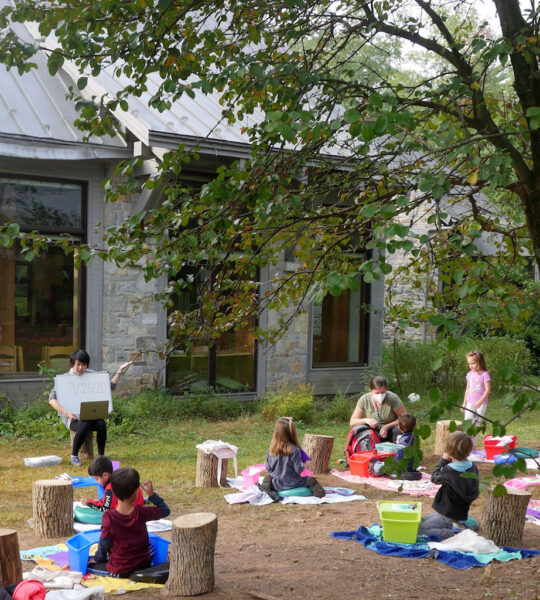
Willow teachers work with students one-on-one, whether online or in-person, to get to know their learning style.
Willow’s Montessori-trained kindergarten teachers have a deep understanding of how children learn best. Ask our teachers about the method behind their lessons and they may tell you it starts with constructivist theory. What’s that?
Constructivist theory suggests that, as humans, we construct knowledge and form meaning based on the connections we make between new information and what we already know. When we make those connections ourselves – versus having them handed to us – true learning occurs.
Our kindergarten team helps young students make those connections by really getting to know each child. Willow teachers see how each kindergartener reacts to new information, listen to what they already know, and observe and enjoy their individual personalities. With this insight, our teachers help figure out what ways of learning work best for each child.
Learning in our kindergarten classrooms is a constant process of discovery. It’s a playground where new ideas can be tested and there’s always something just-right for you to work on in every subject. Willow’s kindergarten classrooms are fertile ground for making and exploring connections, and therefore, a place of true learning.
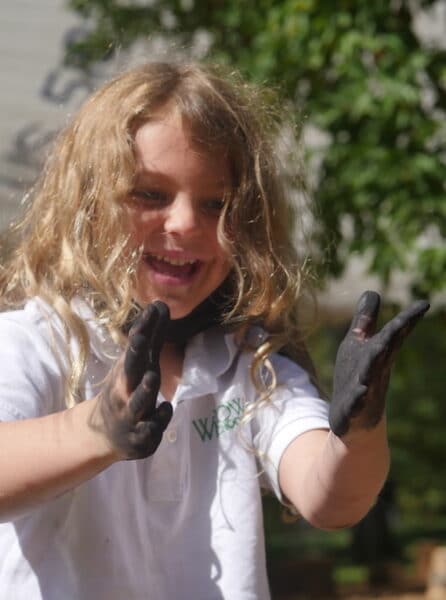
Play and joy are essential parts of the Willow kindergarten program.
Learning Through Play
These discoveries and connections occur most naturally when children play. Mr. Rogers famously said, “Play is often talked about as if it were a relief from serious learning. But for children, play is serious learning. Play is really the work of childhood.” This notion is backed up by countless recent studies (like this one by the Harvard Graduate School of Education) and articles (in the New York Times, Time Magazine, and NPR, just to name a few) proving that play is critical to cognitive, emotional, and social development. Not to mention how important it is in establishing a joyful, creative, and curious school environment.
Play is schoolwork at Willow, especially in our kindergarten classrooms. Play-based learning allows children to apply what they already know to new concepts, testing out new ideas and behaviors without dreading consequences.
“When children are engaged with what they are doing, they become self-motivated and become active learners,” says Julie Kim, part of Willow’s kindergarten team. “When they play, children are learning to construct meaning and understanding through their own efforts, developing their cognitive abilities, language and literacy, problem-solving skills, creativity, and habits of mind like courage, perseverance, concentration, and motivation.”
A Place to Play
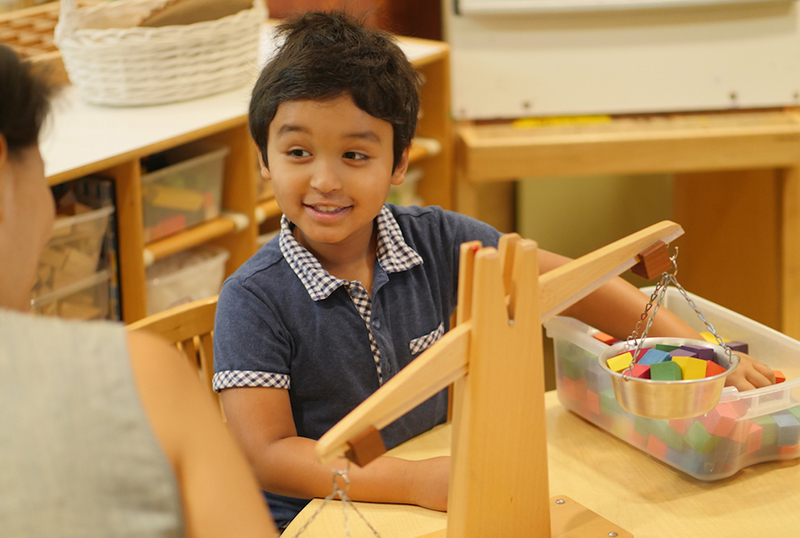
This is one of many learning stations scattered throughout the kindergarten classroom at Willow.
To facilitate this meaningful play, our child-centered kindergarten classrooms are set up very intentionally. Our kindergarten classrooms feature quiet spaces where children can spread out and contemplate, learning materials within students’ reach that spark imagination and collaboration often through fun games, and a classroom community that encourages children to work together, respect each other, and take care of their shared space.
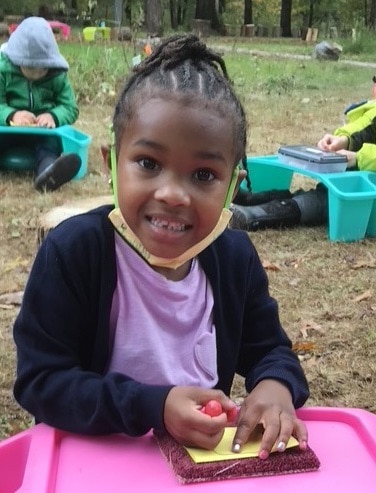
A kindergarten student works with a manipulative outdoors.
As Willow adapted to the pandemic, we created new outdoor classrooms and, in the warmer months, spent as much as 70% of the day outside. Our outdoor kindergarten learning spaces, designed to last well beyond the pandemic, are guided by the same principles as those indoors. Students have individual, easily moveable lap desks stocked with manipulatives and hands-on materials that allow teachers to configure spaces to best fit the lesson.
In this environment, students learn curriculum-based lessons on math, literacy, science, and more, as they also pursue projects that grow out of their individual interests.
Connecting Curriculum
For example, through hands-on exploration in Willow’s woods during science class, one child discovered what she called “root hair” at the base of a tree. This led to students working together to create their own roots out of paper towel rolls, yarn, and wire, turning an abstract concept into a concrete understanding.
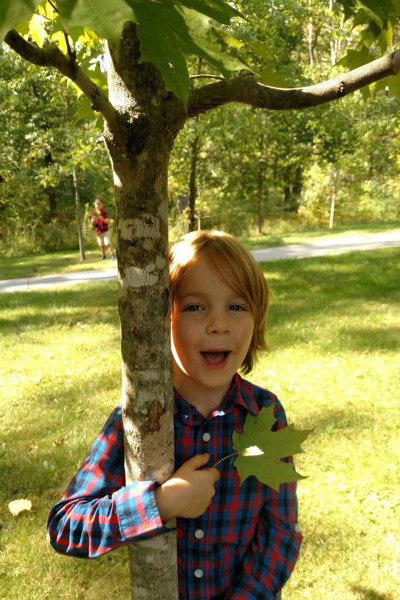
Kindergarteners’ science lessons let students’ questions lead the way.
As teachers guided the kindergarteners to deepen their exploration, students generated their own questions and expanded their thinking to make bigger connections. Soon, children were thinking about how trees were a part of our ecosystem, and the idea of interdependence was born, naturally.
While the topic of trees is a part of the kindergarten curriculum every year, each year the lesson looks different, as children explore in their own ways, propose their own ideas, and follow their questions to discover meaningful answers.
By incorporating play-based learning, Willow’s kindergarten curriculum keeps our youngest students’ natural curiosity alive and thriving. This philosophy does not disappear as children grow older at Willow. The joy, creativity and inquiry that guides play-based learning is integrated into the curriculum at Willow through Grade 8.
Find out more about Willow’s unique kindergarten program. Attend our upcoming Kindergarten Preview or visit Willow to meet our kindergarten team!
